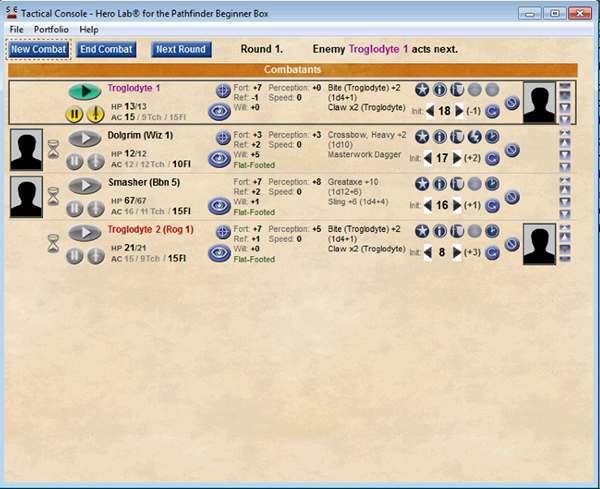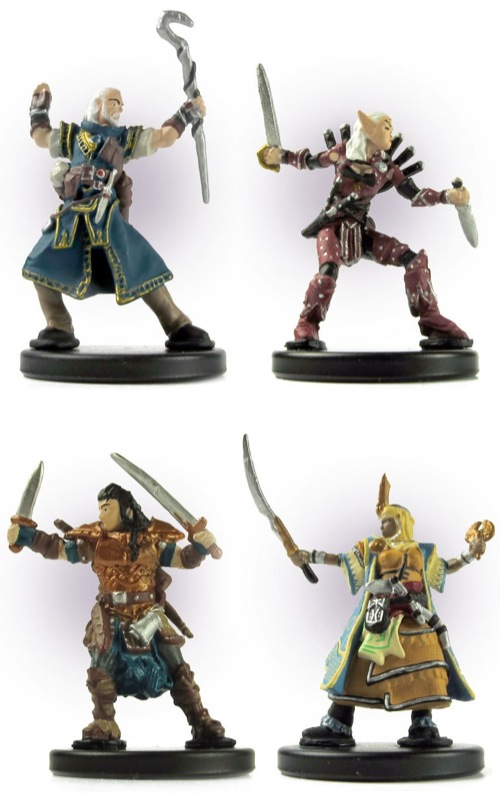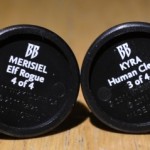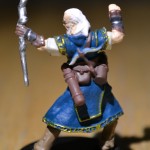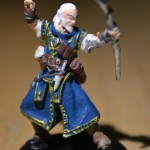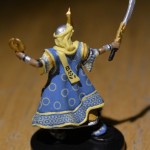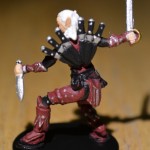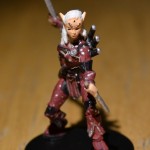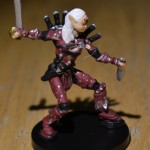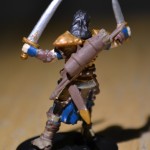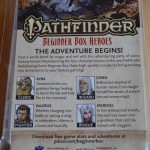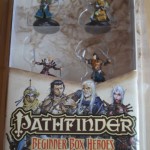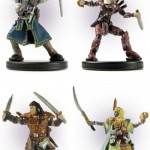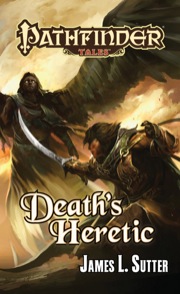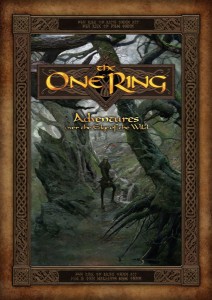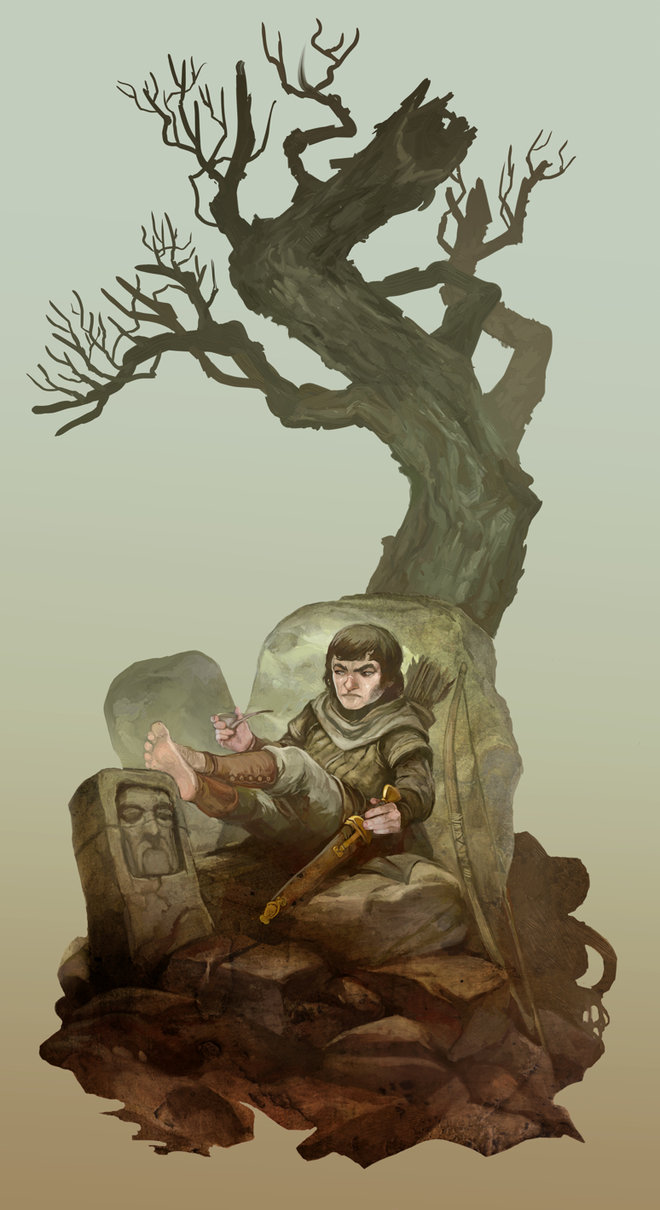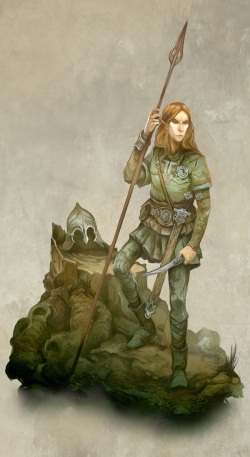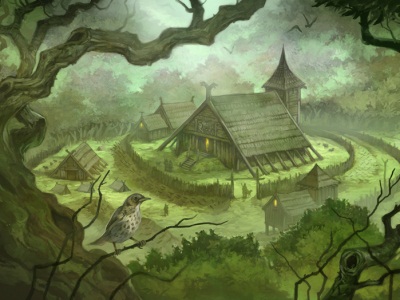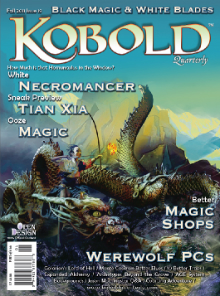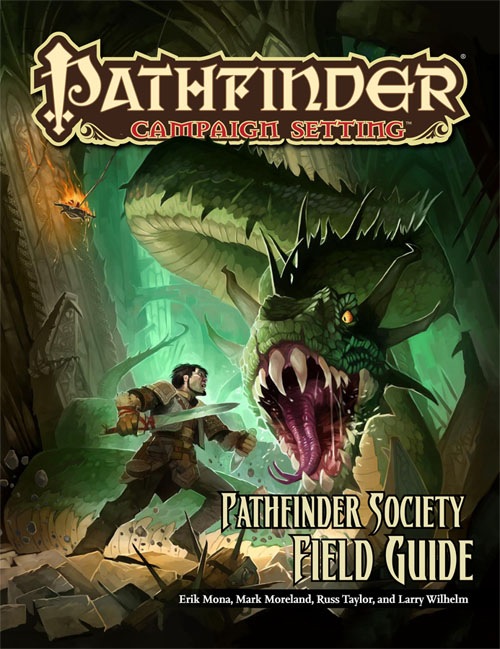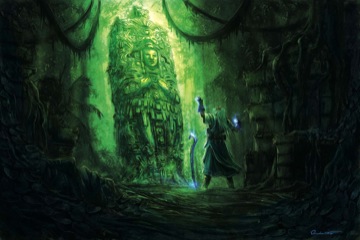 Developer: Lone Wolf Development
Developer: Lone Wolf Development
Price: Free
Tankard Rating: 5/5
Lone Wolf Development, the makers of Hero Lab, released a free version of their character generation software for the Pathfinder Beginner Box. Being a current user of Hero Lab for main Pathfinder game I was anxious to download the tool for the Beginner Box and see how it looked. This was particularly good timing as I had run my first Beginner Box adventure last weekend for my son, which went very well.
Currently the software only runs on Windows 7, Vista or XP machines. A Mac version is slated for release early in 2012 for both the Beginner Box version and the main Pathfinder version. Luckily I still have a Windows box around and I downloaded the application from Lone Wolf’s site and installed it there.
The download and install were painless. I found it refreshing that Lone Wolf was not even making people provide email addresses and login information for their site. Just click the download link and off you go. The install went quickly and I was soon ready to start entering my son’s character into the software to see how it went.
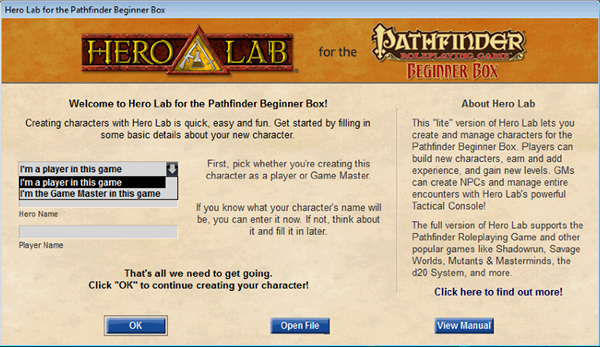 First up after launching the software is a welcome screen prompting for whether you are a player in the game or the game master. Choosing game master unlocks a few more options in the software we will look at later. For now I chose player and entered my son’s character name – Dolgrim and his own name for Player name.
First up after launching the software is a welcome screen prompting for whether you are a player in the game or the game master. Choosing game master unlocks a few more options in the software we will look at later. For now I chose player and entered my son’s character name – Dolgrim and his own name for Player name.
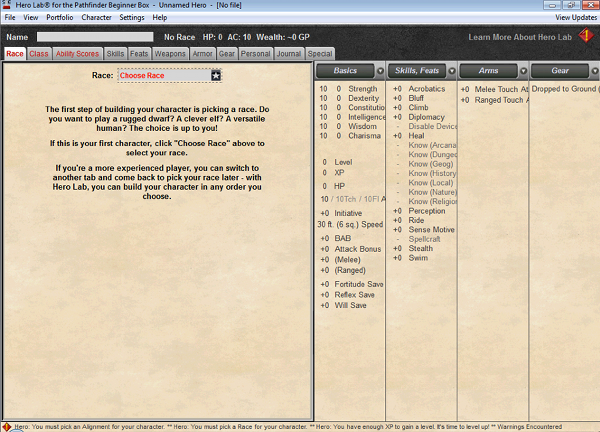 There is only one choice to make on this screen and there is a short paragraph on choosing one. Click the drop down and you can choose from Human, Dwarf or Elf. I went with Dwarf here and then clicked on to the Class tab.
There is only one choice to make on this screen and there is a short paragraph on choosing one. Click the drop down and you can choose from Human, Dwarf or Elf. I went with Dwarf here and then clicked on to the Class tab.
Under class you get to choose from the classes included in the Beginner Box and the Player Option Pack download from Paizo. The choices are Barbarian, Cleric, Fighter, Rogue, and Wizard. We went with Wizard as that is the character we had created last weekend.
Here is a look at the race and class selection screens.
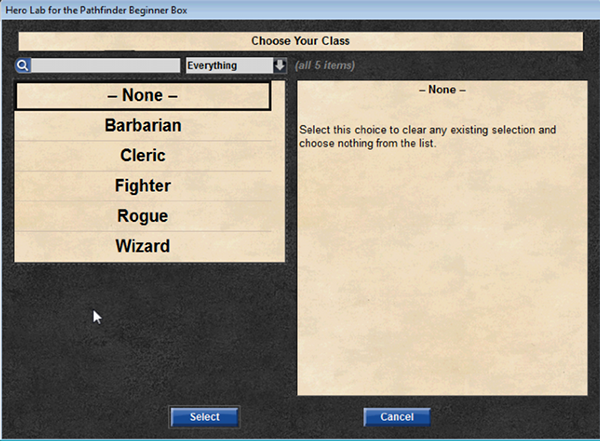 Next up is the Ability Score screen. Here you are directed to follow the rules in the Beginner Box which use the 4d6 drop the lowest method. The option to use the built in dice roller is also noted. We had rolled our scores earlier so I put them in as we rolled them.
Next up is the Ability Score screen. Here you are directed to follow the rules in the Beginner Box which use the 4d6 drop the lowest method. The option to use the built in dice roller is also noted. We had rolled our scores earlier so I put them in as we rolled them.
Moving on to the class tab, Wizard for us, though it will change title depending on what class you chose earlier in the process. Here we chose class specific items such as school of magic, populate the spell book and pick the spells prepared for the day. It was on this tab I discovered an error we had made last weekend and noted that we had shorted Dolgrim one spell from his spell book. Another reason I find Hero Lab a great tool! It always catches my careless mistakes!
We rolled through the next tabs pretty quickly. There is a dedicated tab for skills, feats, weapons, armor, and gear. Having chosen these this past weekend we just selected the items the character had. Painless. Dolgrim is also the proud owner of a new ring of protection +1 that he picked up on an adventure last weekend and we were easily able to add that magic item to the character sheet.
With the character created we could save it as a PDF or export a stat block which can be handy for online games and such. The PDF looks pretty good. They emulated the character sheet format the included sheets had in the Beginner Box minus some of the window dressing. The data is in very similar spots for people going between character sheets.
 I tried out the interface from the GM’s side as well. Choosing the “I’m the Game master” option from the drop down brings you into this portion of the tool. It is nearly identical to the Player’s side except you get a few more options. One of the biggest is that you can choose monsters as a race. Even better you can add class levels to these monsters!
I tried out the interface from the GM’s side as well. Choosing the “I’m the Game master” option from the drop down brings you into this portion of the tool. It is nearly identical to the Player’s side except you get a few more options. One of the biggest is that you can choose monsters as a race. Even better you can add class levels to these monsters!
While in as a GM I also played a little with creating multiple troglodytes, adding a rogue level to one of them, and importing Dolgrim from the player portfolio I created earlier. This all worked quite well.
With multiple NPC critters and the heroes in the same portfolio I brought up the tactical console. With the tactical console a DM can use it as a combat board and also track hit points and such. You can also apply combat effects such as dazed, nauseated, and more to NPCs and characters on the tactical console to update their stats on the fly. A very powerful tool if you use (or want to use) electronic aids for play.
 I am already a happy user of the full version of Hero Lab for Pathfinder, but this free release for the Beginner Box is an excellent addition to the line from Lone Wolf Development. It is an extremely easy to use character generator and the pairing with the Pathfinder Beginner Box makes a very strong combination. From the player perspective the tool provides a fast way to accurately create and level a character. With the journaling ability you can also track your gold and experience rewards from session to session.
I am already a happy user of the full version of Hero Lab for Pathfinder, but this free release for the Beginner Box is an excellent addition to the line from Lone Wolf Development. It is an extremely easy to use character generator and the pairing with the Pathfinder Beginner Box makes a very strong combination. From the player perspective the tool provides a fast way to accurately create and level a character. With the journaling ability you can also track your gold and experience rewards from session to session.
As a GM, Hero Lab for the Beginner Box will ease your prep greatly and allow you to craft interesting creatures with class levels if you desire. Throw in the combat manager and ability to apply conditions on the fly and this can also be a very powerful tool at the table as well.
If you find yourself with the Pathfinder Beginner Box in your house this holiday season make sure to check out this free version of Hero Lab. I think you will be quite impressed with what it can do.
Tankard Rating: 5/5


